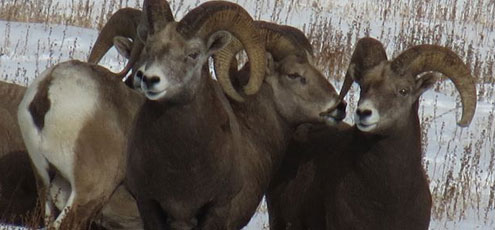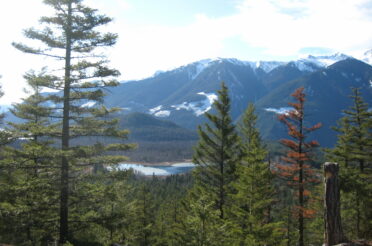How to Balance Sustainable Resource Use and Improve and Maintain Wildlife Habitat

Today’s blog story is about conservation and stewardship of the land. Specifically, we would like to introduce you to the topic of resource management and planning by reviewing Mike Morris’ strategic advice to the Minister of Forests, Lands, and Natural Resource Operations from 2015. This will empower you to take action joining us in putting his advice into practice.
As a conservationist and former parliamentary secretary to the Minister of Forests, Lands and Natural Resource Operations, Mike Morris published the paper “Getting the Balance Right: Improving Wildlife Habitat in British Columbia” in 2015. In this paper, he assessed the province’s resource and wildlife habitat management as British Columbia has seen increased wildlife habitat loss over the last forty years. This has been accelerated in the last fifteen years due to the mountain pine beetle epidemic and the economic downturn. These two impacts caused increased resource extraction to salvage the remaining resources from damaged habitats and improve the stability of the economy.
The paper assesses the condition of wildlife habitat in British Columbia and concludes with measures such as resource and management policies to recover the populations and habitats. The advice includes multiple industries: forestry, mining, agriculture, range, and oil and gas. While the assessment aids in the maintenance and recovery of healthy wildlife habitat, it also balances the needs of resource extraction industries.
Mike Morris is a recognized wildlife practitioner, but next to his own expertise, he utilizes the knowledge of industry representatives, stakeholders, literature and all others. The assessment concludes that forestry has the greatest impact on wildlife and their habitats. However, this impact is both positive and negative.
British Columbia has the highest biodiversity of all the provinces in Canada. The ecosystems are very diverse and therefore, the variety of fish and wildlife species is high. A large portion of the land in the province is dedicated to conservation of wildlife habitat and wilderness through protected areas.
According to Morris, this high-valued biodiversity is also a reason for the prospering natural resource economy, including agriculture, forestry, mining and energy. Therefore a balance between the resource extraction and sustainable land use is of importance for an ecologically, socially, and economically successful future. Governments and industries are playing significant roles in this sustainable development. One example of this is the implementation of independent certification for their own sustainability practices from resource industries.
The paper points out that despite these initiatives, decisions in resource use must be done on the basis of science, data, and analysis, ensuring a holistic understanding of all involved variables, including ecosystems, the economy and society. Especially in times of rapid change through challenges like newly-listed endangered species and climate crisis, continuing assessments have to be included in management decisions.
The paper concludes with five strategic pieces of advice to secure a healthy future for the environment and economy.
- Development of a wildlife management program that considers all intrinsic and extrinsic values of wildlife populations and habitats before resource use decisions can be made.
- Cooperation with authorization, planning, control and sustainable development to achieve comprehensive assessments and decision making.
- Development of a landscape level planning model that considers the symbiosis and interconnectedness of all natural resources in a single area before making decisions and policies.
- Management systems are currently results-based, the focus needs to be shifted to ensure professional and sustainable management.
- Harness the connection, knowledge and understanding that BC Wildlife practitioners have of the natural environment and the wilderness through collaborative initiatives.
Our partner organization the Chilcotin Ark Institute is promoting these practices, responsible resource and land management by all entities and governments from federal, provincial and regional governments, to First Nations, land owners, farmers, ranchers, guide outfitters, tourism operators, forestry, mining, all stakeholders and the public. The Institute is engaging in the land planning and management processes in the area of the Chilcotin Ark, home to 13 of 16 biogeoclimatic zones and 11 of 29 big game species of North America. Therefore, migration corridors and wildlife habitats can be considered on a large scale. This is of high significance as wildlife does not recognize borders of protected areas. The Chilcotin Ark Institute is conducting research throughout the Ark to inform responsible management decisions.
If you want to know more about the Chilcotin Ark Institute’s research and conservation projects or learn how you can get involved and make a difference, check out chilcotinarkinstitute.com.
Lisa



